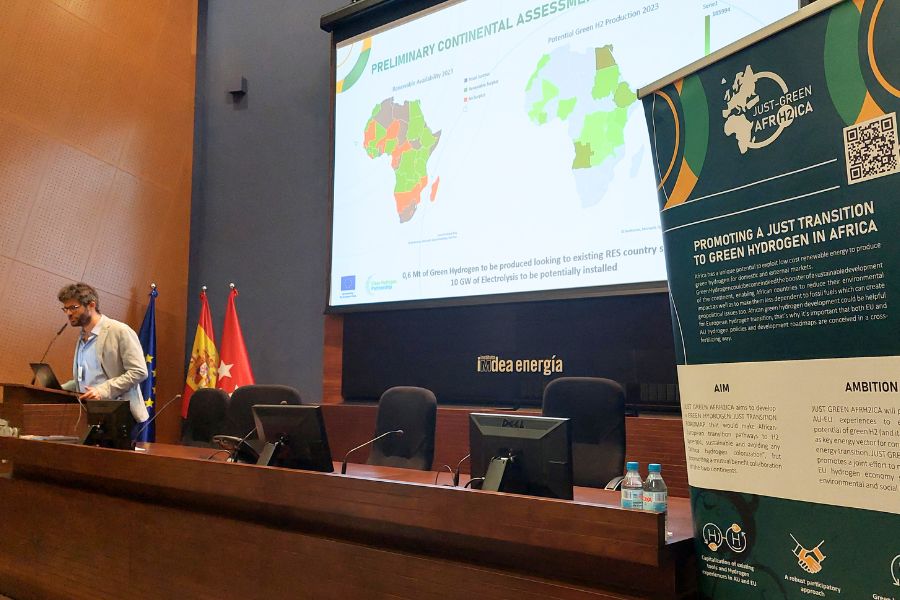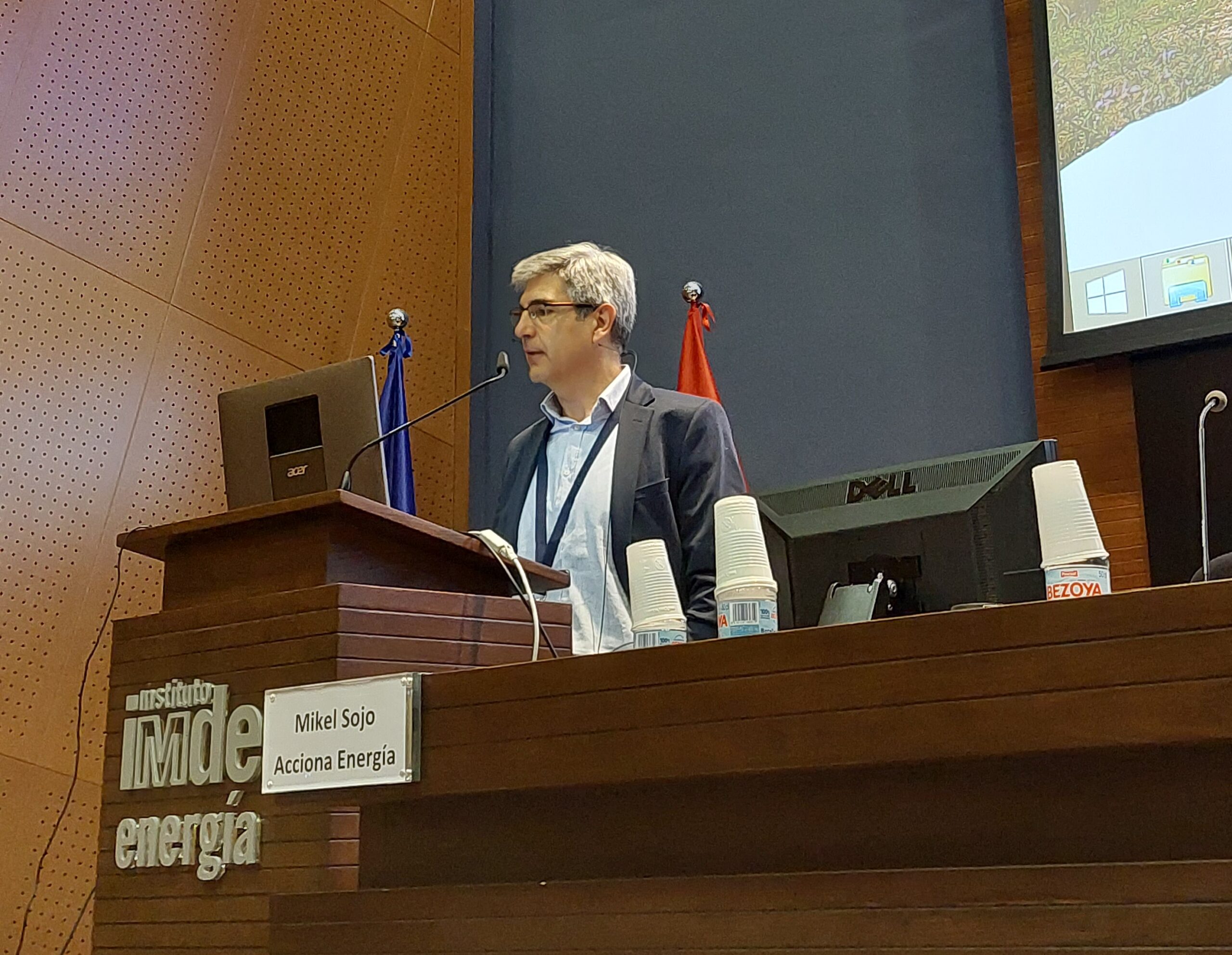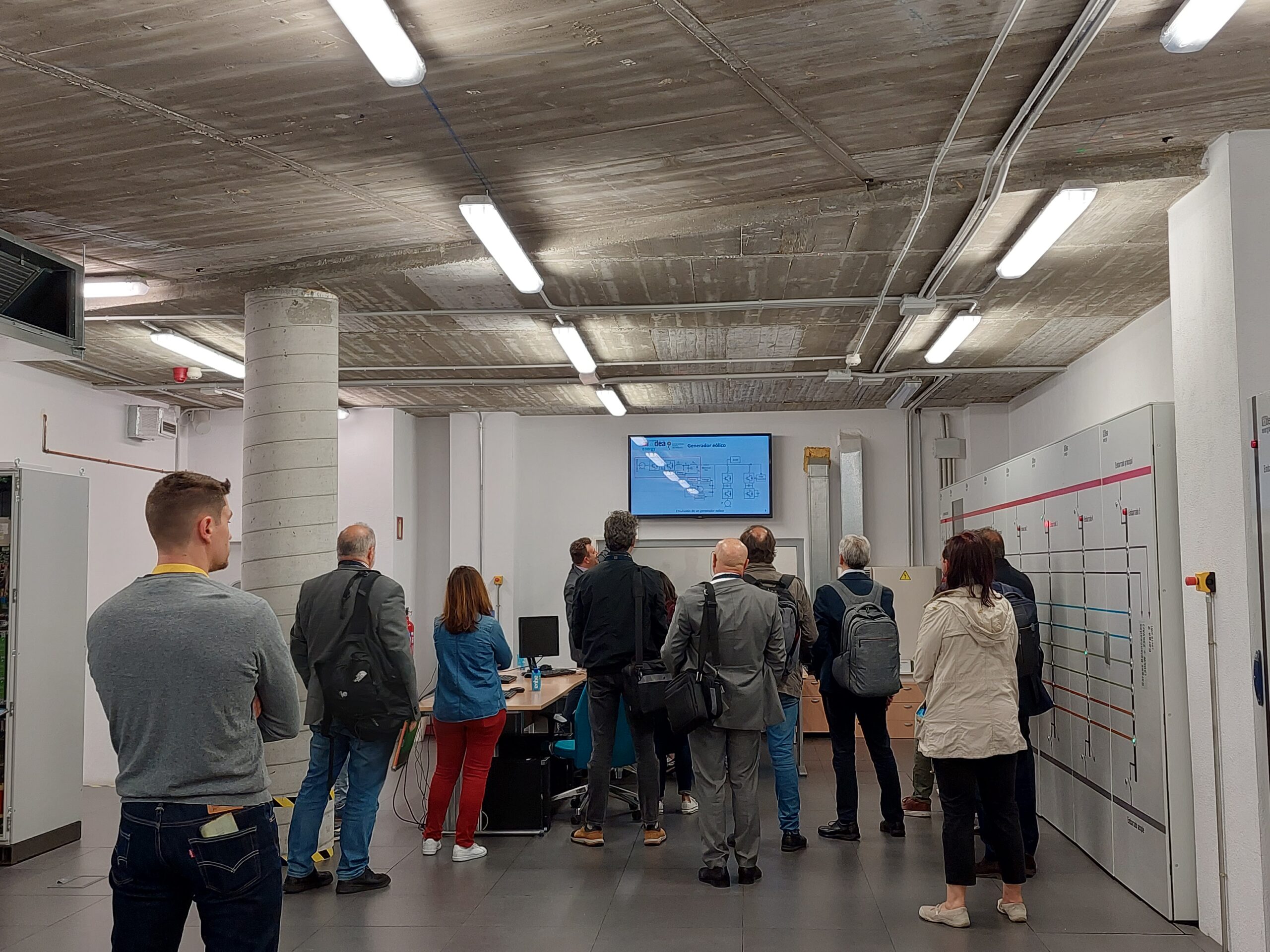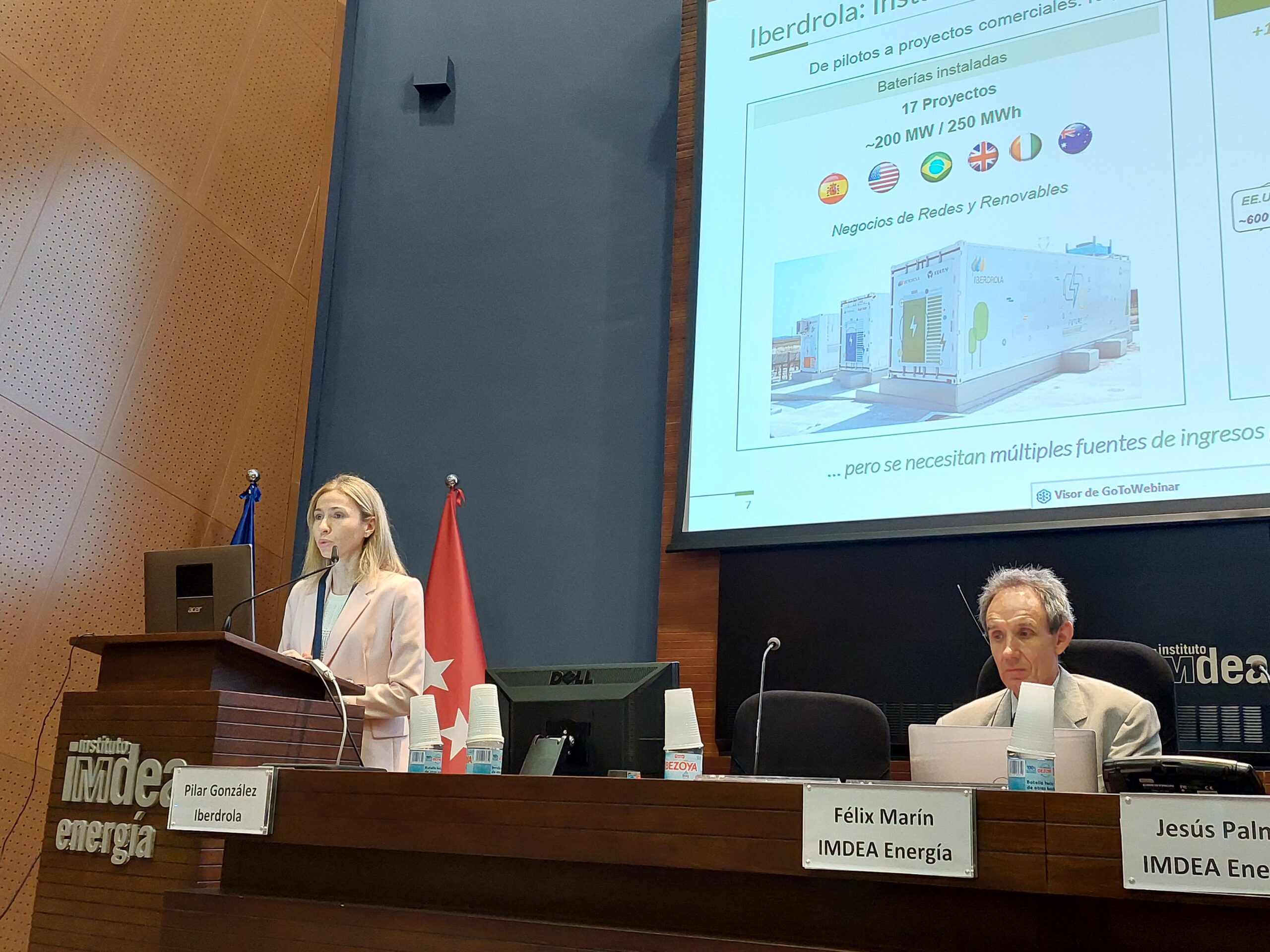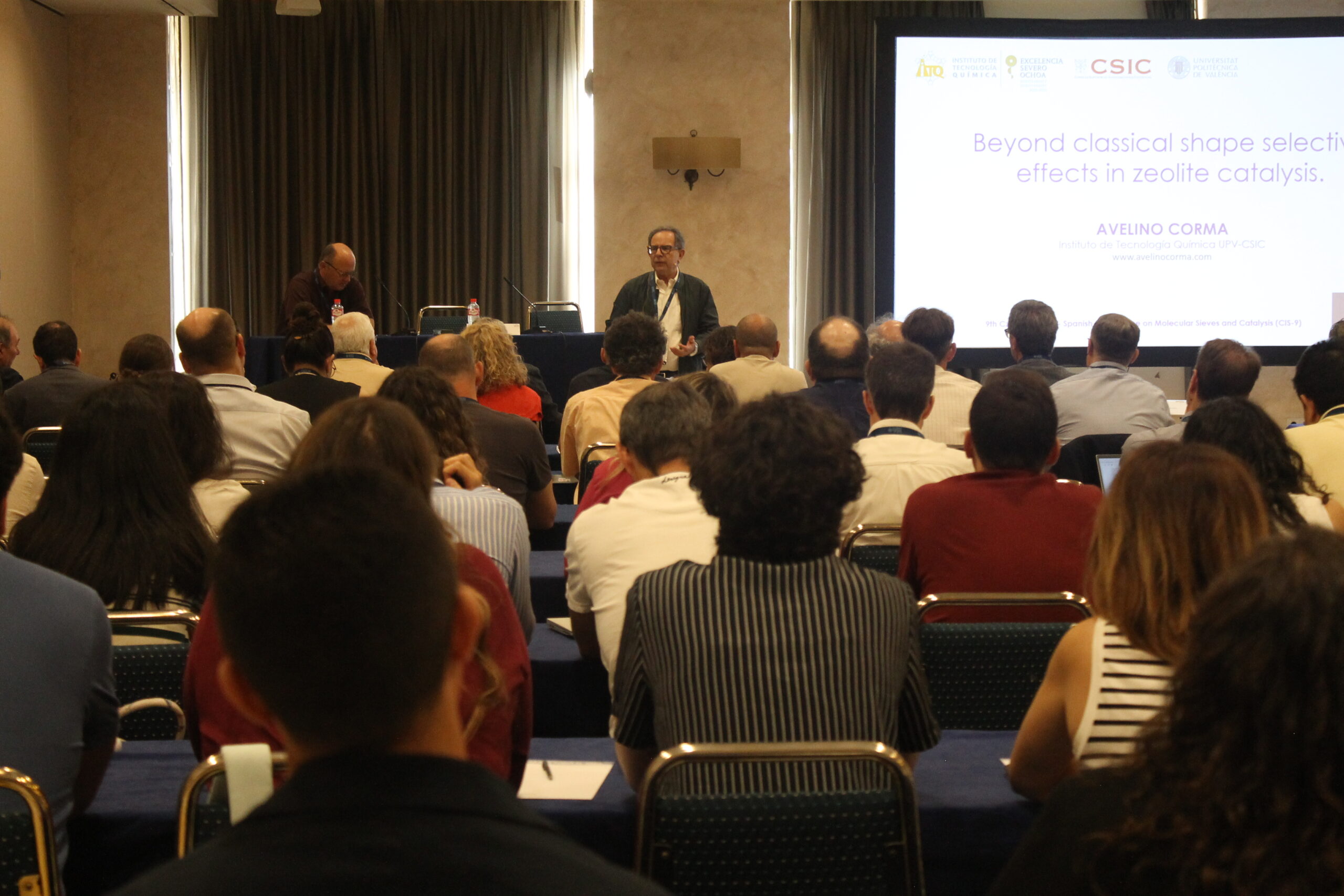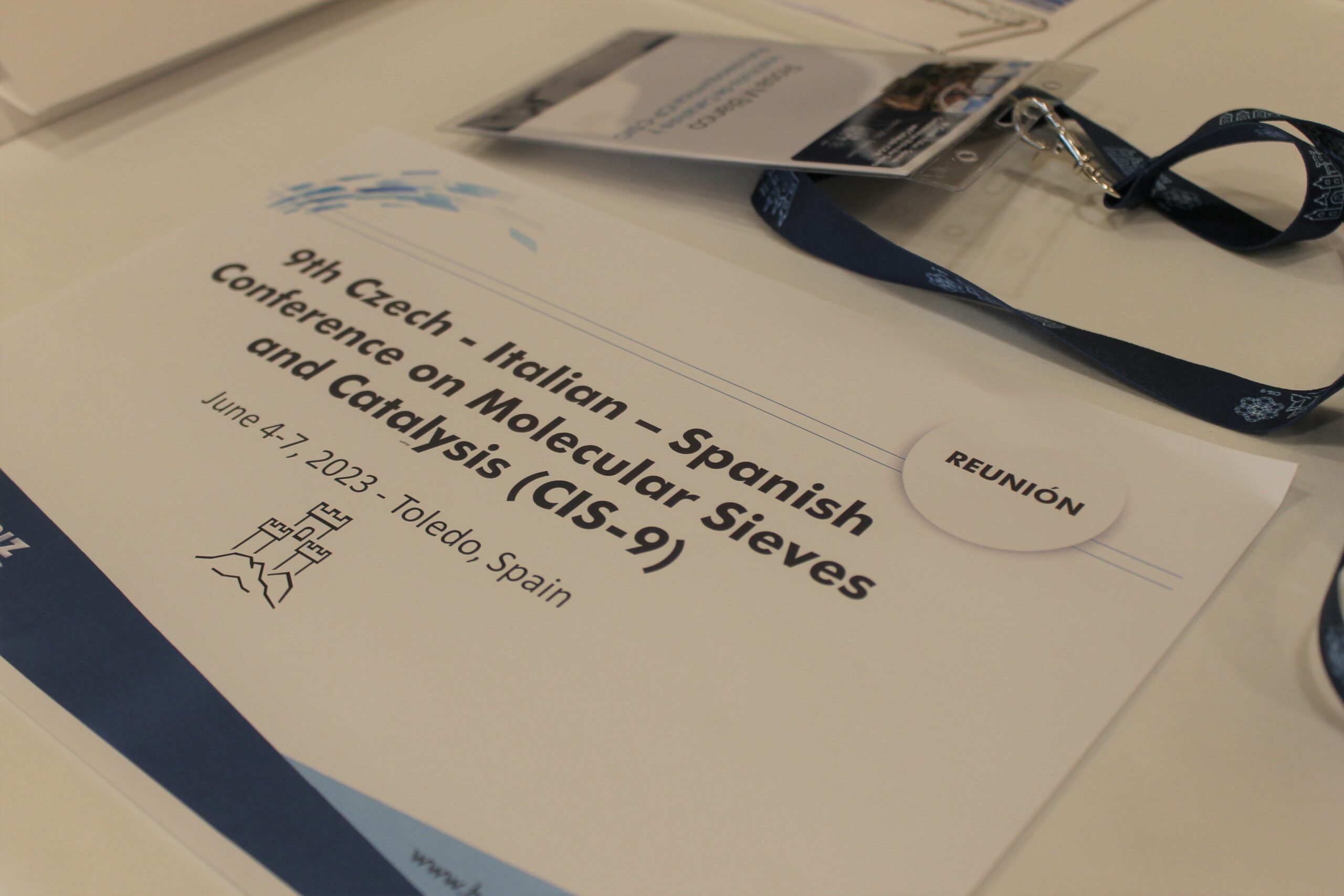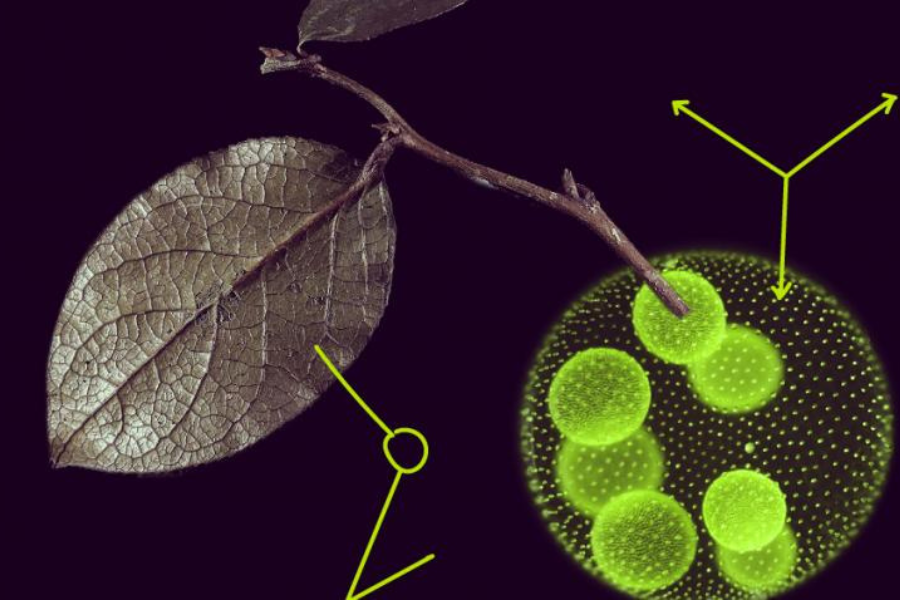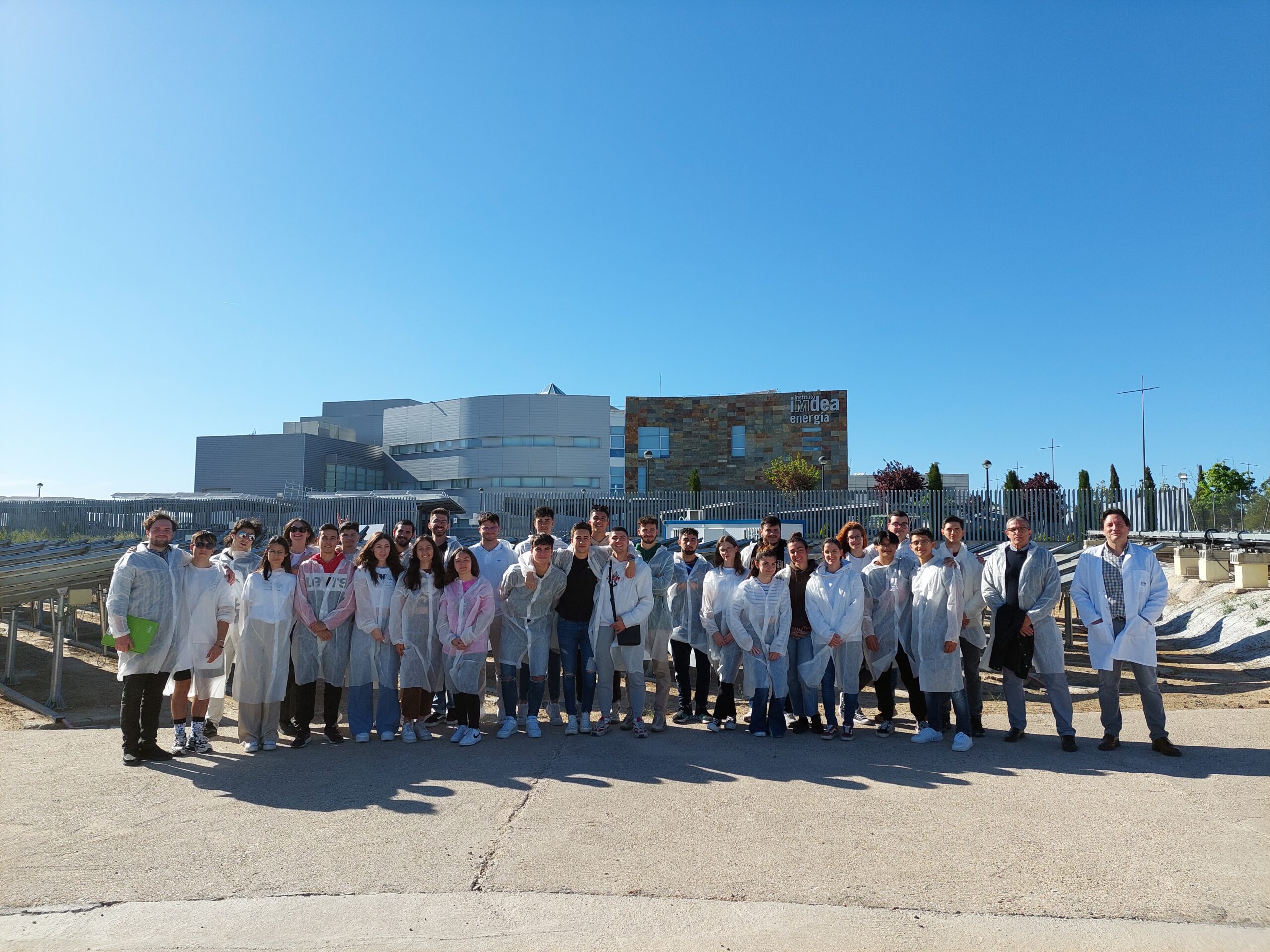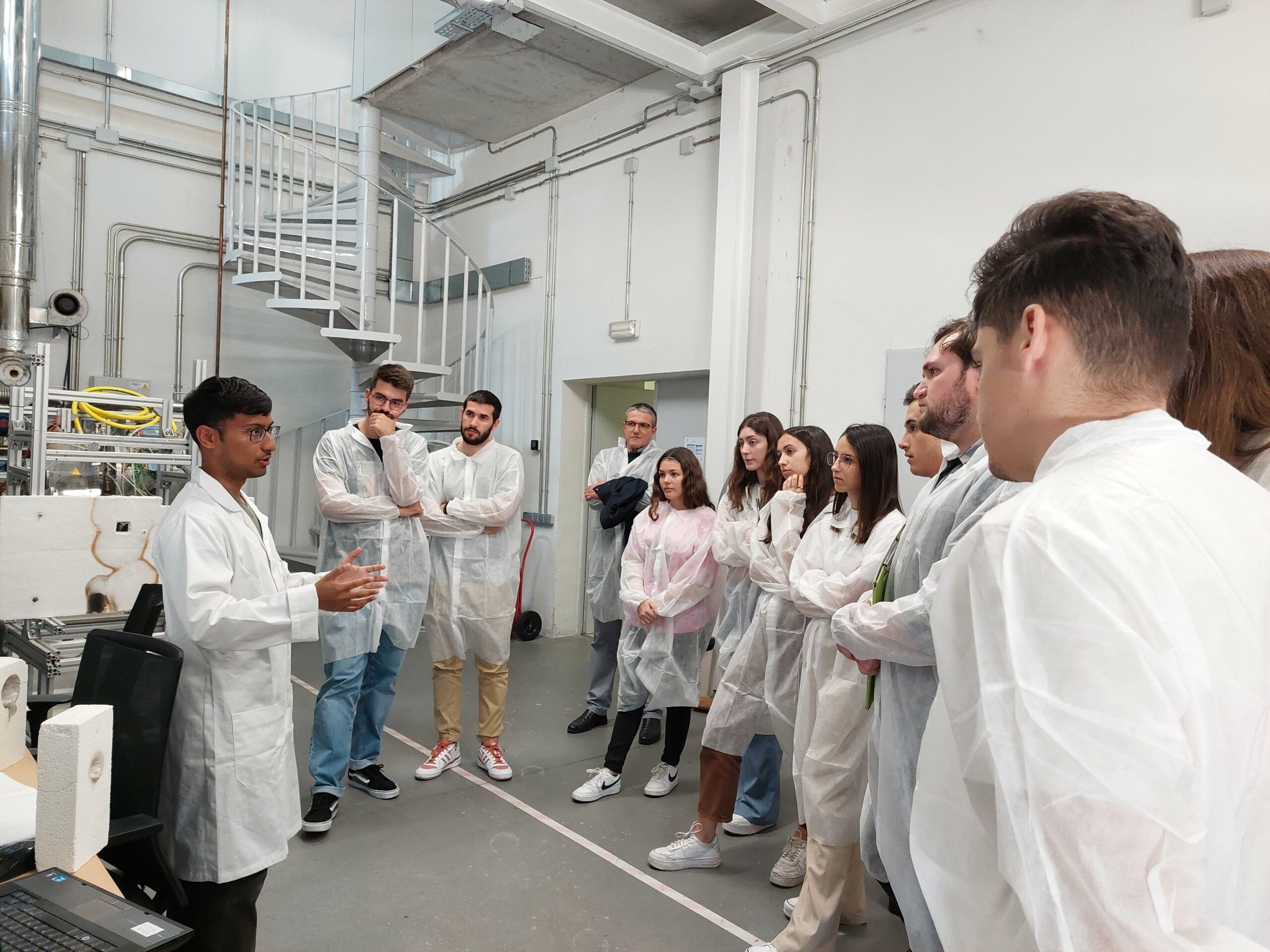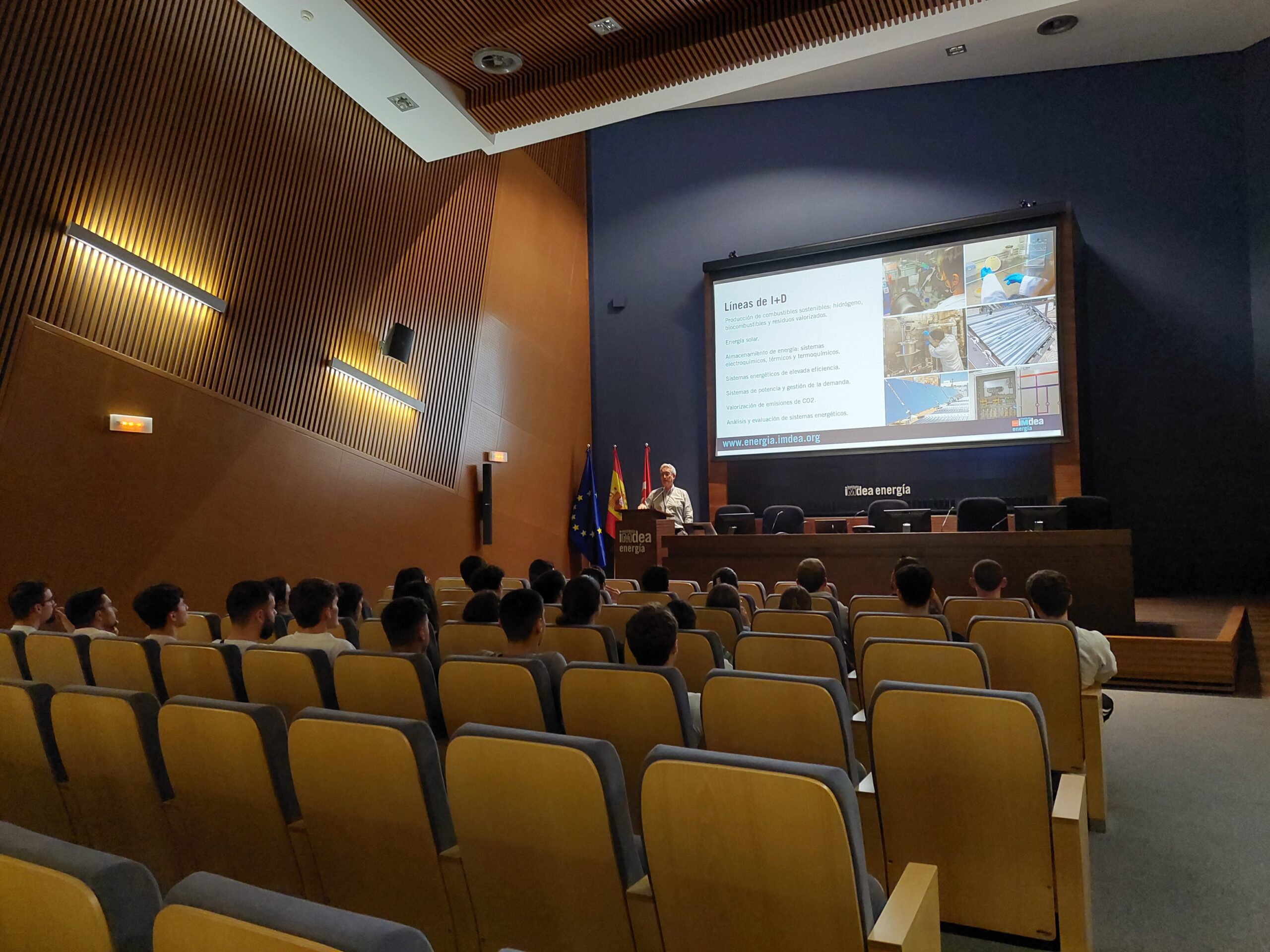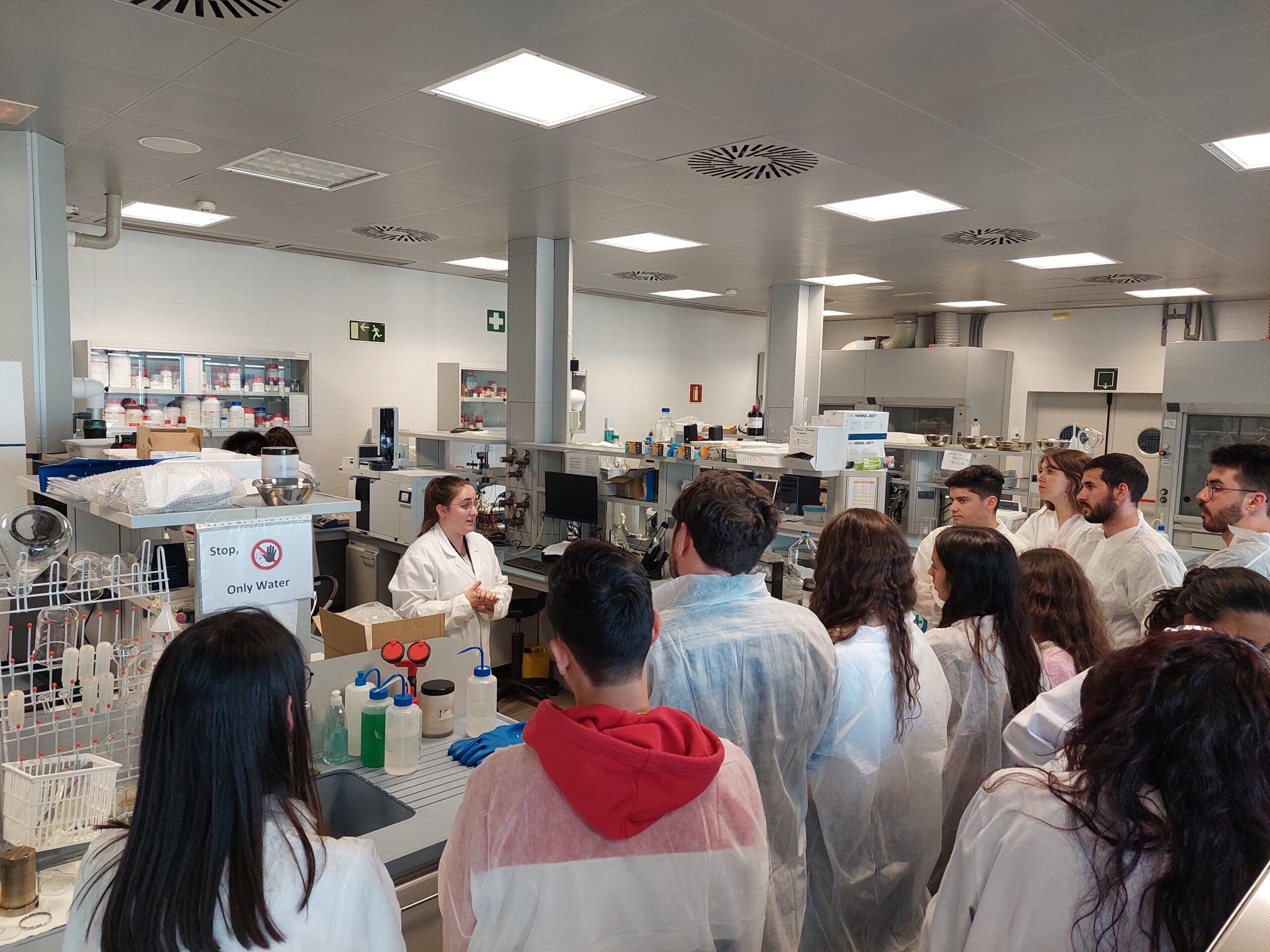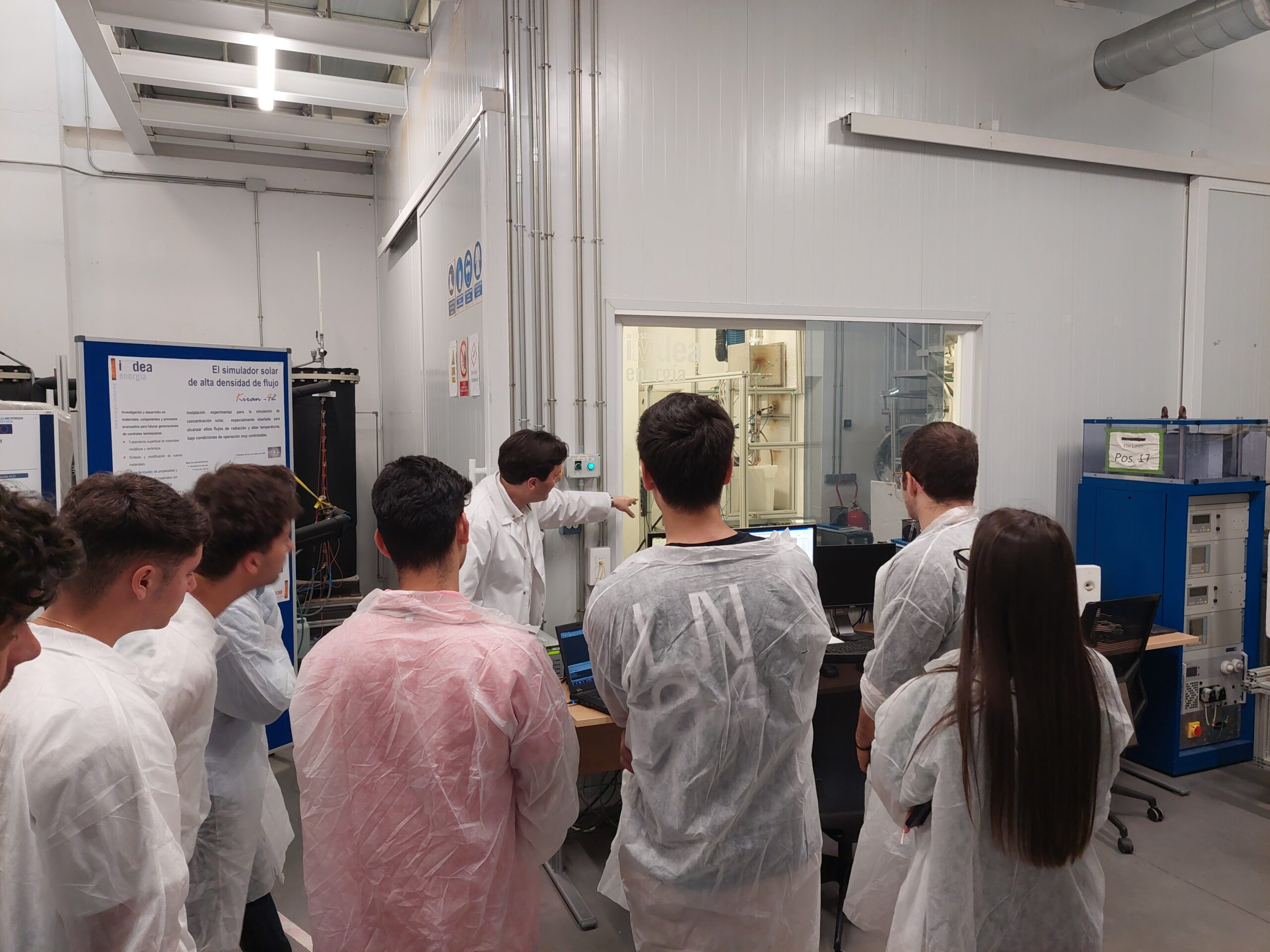Short-term training at IMDEA on Dynamic Control and Automation of Heliostat Fields for Solar Fuels Production
IMDEA Energía organises a Short-term training for Technical staff and Scientists that will be held on 20 September 2023 in Madrid, Spain.
The course is designed for engineers, researchers and representatives from European CSP industry and companies who want to be trained on real CSP hardware.
This course focuses on dynamic control and automation of heliostat fields for solar fuels production. The training consists of both theoretical and practical modules.
The training will include visits to the Very-High Concentration Solar Tower (VHCST) and the laboratory facilities at IMDEA Energy, theoretical and experimental training covering the following topics:
- Concentrated solar power: overview and technologies;
- Compact and very high concentration heliostat fields;
- Solar thermochemical fuel production;
- Dynamic control and automation of heliostat field;
- Control of heliostat fields: Instruction to Supervisory Control And Data Acquisition (SCADA) systems;
- Visit to the research facilities and VHCST at IMDEA Energy;
- Demonstration of the VHCST facility and practical cases.
Agenda, meeting place and accommodations details can be downloaded just below.
Last but not least, registration is free but mandatory.
To confirm your participation, please fill-in and send the application form (link) and a brief curriculum vitae before 18 August 2023 to:
- Jose Gonzalez jose.gonzalez@imdea.org
- Estelle Le Baron, estelle.lebaron@cea.fr
- Alain Dollet, alain.dollet@promes.cnrs.fr
- Ricardo Sanchez, Email: ricardo.sanchez@psa.es



